The Beginnings of the Country’s History (Prehistoric Times - Gojoseon)
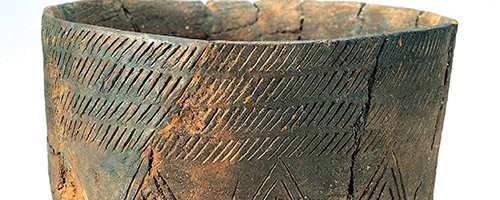
The Beginnings of the Country’s History (Prehistoric Times - Gojoseon)
The history of the Korean nation began in Manchuria and the Korean Peninsula when people started settling there 700,000 years ago. Representative historic sites associated with the Paleolithic Age, when people made tools of animal horns and chipped stone tools, include the Komun Moru ruins in Sangwon, Pyeongannam-do, the Jeongok-ri Site in Yeoncheon, Gyeonggi-do, the Seokjang-ri Prehistory Site in Gongju, Chungcheongnam-do, and the Durubong Cave Site in Cheongju, Chungcheongbuk-do. The early inhabitants of the peninsula survived by hunting animals and collecting edible plants in groups.
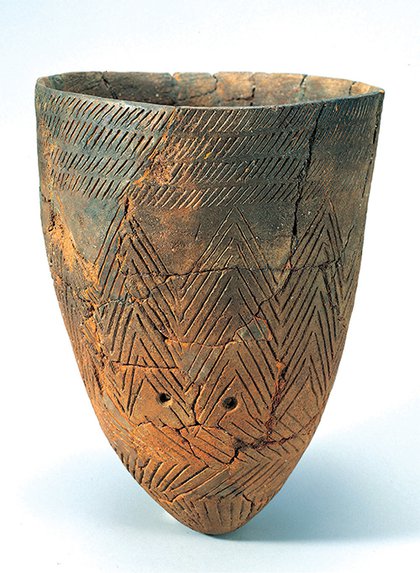
The history of the Korean nation began in Manchuria and the Korean Peninsula when people started settling there 700,000 years ago. Representative historic sites associated with the Paleolithic Age, when people made tools of animal horns and chipped stone tools, include the Komun Moru ruins in Sangwon, Pyeongannam-do, the Jeongok-ri Site in Yeoncheon, Gyeonggi-do, the Seokjangri Prehistory Site in Gongju, Chungcheongnam-do, and the Durubong Cave Site in Cheongju, Chungcheongbuk-do. The early inhabitants of the peninsula survived by hunting animals and collecting edible plants in groups.
In Korea, the Neolithic Age began around 8,000 BCE. People started farming, cultivating cereals such as millet, and used polished stone tools. They started settling down permanently in places and formed clan societies. One of the most representative features of the Neolithic Age is comb-patterned pottery, examples of which have been found all across the Korean Peninsula, including in Amsadong, Seoul, in Namgyeong, Pyongyang, and in Suga-ri, Gimhae.
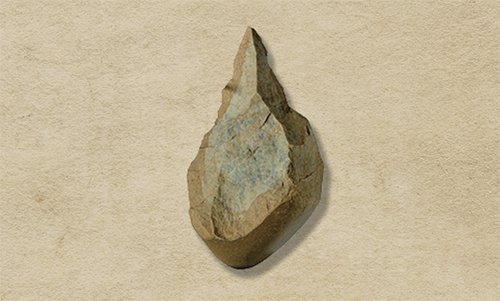
The Bronze Age started around the 10th century BCE on the Korean Peninsula and the 15th century BCE in Manchuria. Historic sites associated with the Bronze Age are found in Liaoning and Jilin provinces, China and across the Korean Peninsula. With the development of the Bronze Age culture, a society emerged in which the head of a clan exercised great influence. The strongest clan leaders started merging many clans into one, and these groups very gradually developed into early states.
The tribes that played a central role in the establishment of Gojoseon, which emerged as the first recognizable state of the Korean people, believed in the King of Heaven and worshipped bears, respectively. The two factions jointly upheld Dangun Wanggeom as their chief priest and political leader. Gojoseon fostered an independent culture in Liaoning, China and along the Daedonggang River. By the 3rd century BCE, kings such as King Bu and King Jun had become powerful and bequeathed the throne to their sons. They established a solid system of rule, backed by high-ranking retainers and military officers.
Towards the end of the 3rd century, the Qin dynasty was replaced by the Han dynasty in China, creating a period of social upheaval. Many people moved southward to Gojoseon. Their leader, Wiman, acceded to the throne in 194 BCE and Gojoseon expanded its territory under his rule. By this time, Gojoseon had adopted Iron Age culture, developed agriculture and various handicrafts, and increased its military strength. It tried to monopolize profits, while serving as an intermediate in the trade between the Korean Peninsula and China, taking advantage of its geographical proximity to China. This led to confrontation between Gojoseon and the Han dynasty. Han attacked Gojoseon with a large number of ground and naval forces. Gojoseon defiantly resisted the attack and won a great victory in the early stage of the war, but its capital at Wanggeomseong Fortress fell after a year of war, and Gojoseon collapsed in 108 BCE.
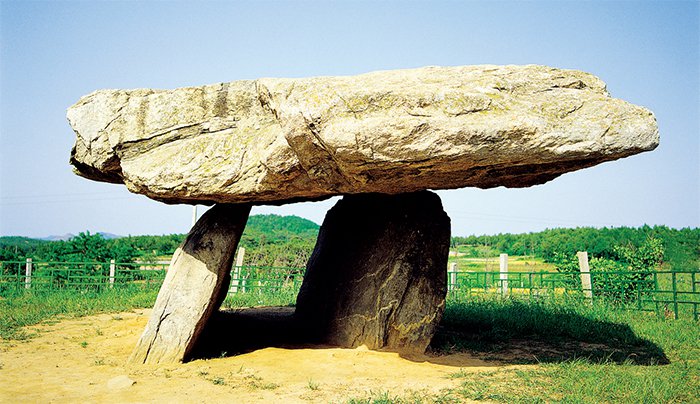
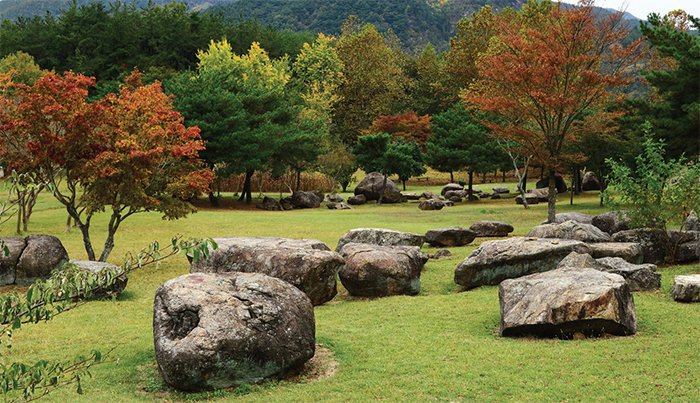
Dolmen
The Seven Wonders of the World include sites such as the Great Pyramid of Giza, the Great Wall of China, and Stonehenge in England among others. However, Korea’s dolmens are no less mysterious. About half of all the dolmens in the world or around 40,000 dolmens have been found on the Korea Peninsula.
Diverse artifacts, including human bones, stone objects, and jade and bronze artifacts, have been unearthed from the dolmens. The construction methods are hard to guess, and the existence itself still remains a mystery.
The dolmens are classified into table-type and go-board dolmens, depending on their shape. The former, mainly found in the northern part of the Korean Peninsula, was made by positioning four stones to make the walls of a box, which were then capped by a stone lying on top of the supports. The latter is characterized by underground burial with stones that supported the capstone. They are often seen in the southern part of the Korean Peninsula.
Dolmens are often referred to as tombs, but it is difficult to conclude that they are. Yi Gyu-bo, a great scholar of Goryeo in the 12th century, left the following remarks about dolmens: “People say that the saints put the dolmens there in the olden days. It is indeed a wonderful technique (that enabled men to position such huge rocks in that way).”
In the early 20th century, American missionary Horace Grant Underwood claimed that dolmens were not tombs but rather that they were put there for sacrificial rituals offered to the gods of the earth. Korean folklorist Son Jin-tae claimed it was an altar pointing to a folktale in which dolmens were believed to be the houses of witches (Mago halmeoni in local legends).
Dolmens are rarely found in China, except for Manchuria, or Japan, yet many thousands of them can be seen across the Korean Peninsula. They were erected over many thousands of years, but this process stopped sometime before the Common Era.
As this became known, scholars around the world are paying attention to the importance of Korean dolmens in terms of the whole cultural history of mankind. Dolmens in Ganghwa (Incheon), Hwasun (Jeollanam-do), and Gochang (Jeollabukdo) were listed as the UNESCO World Heritage sites in 2000. In addition, many experts have been studying the correlation between dolmens in South Korea and ones in Europe and India, other than the reasons why dolmens are concentrated on the Korean Peninsula.
